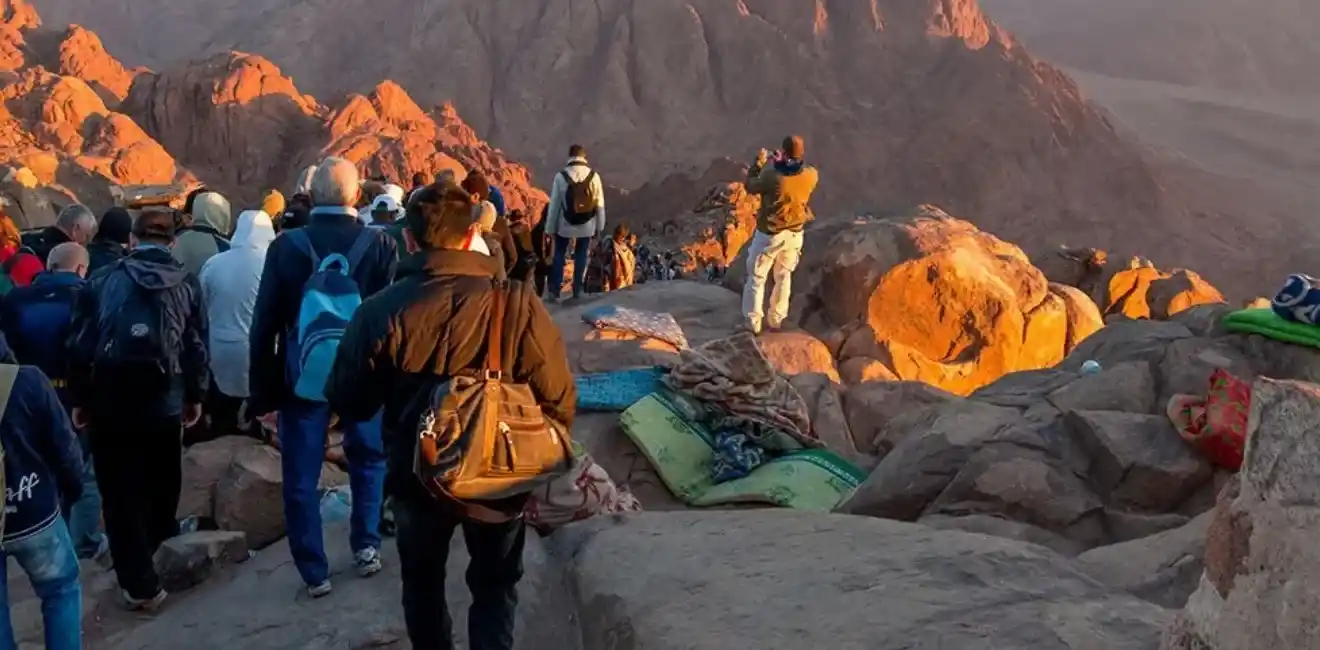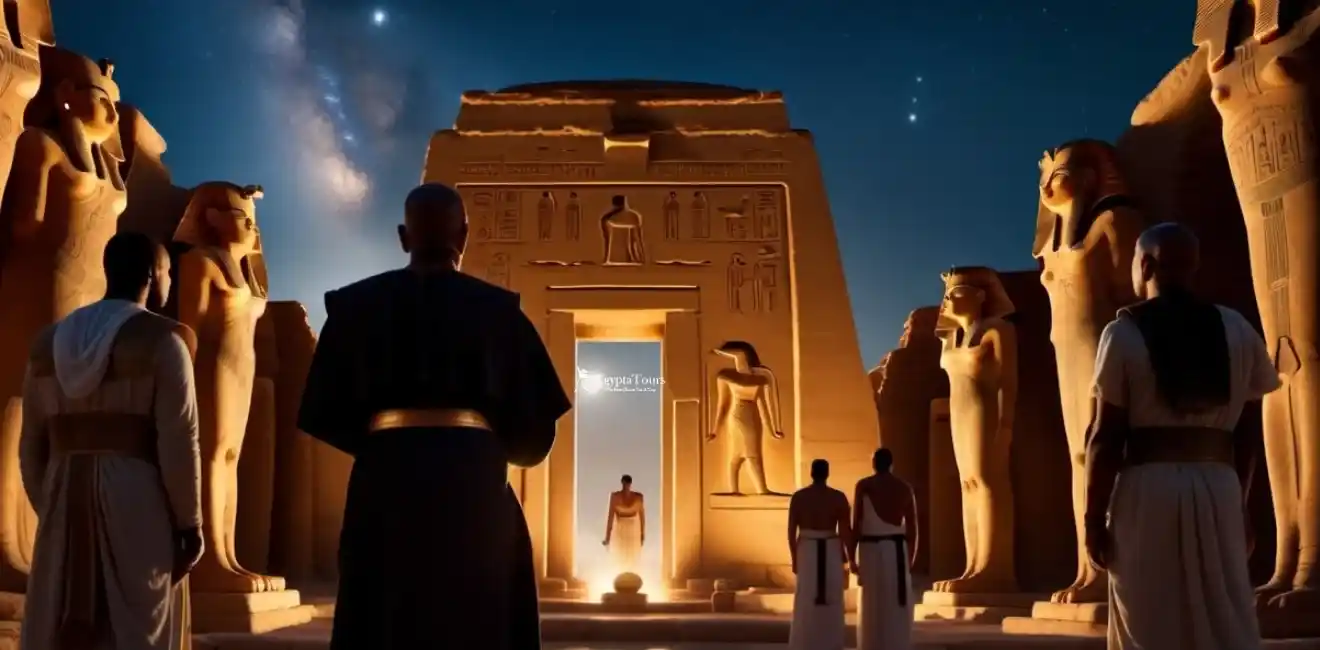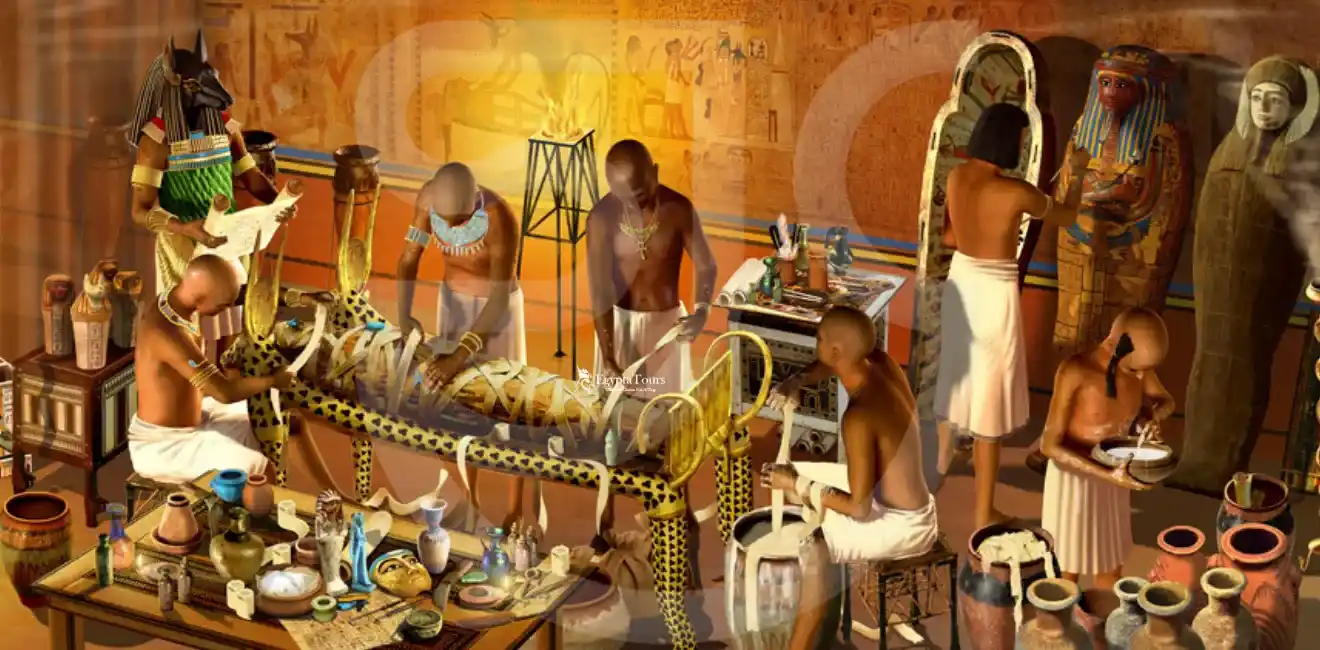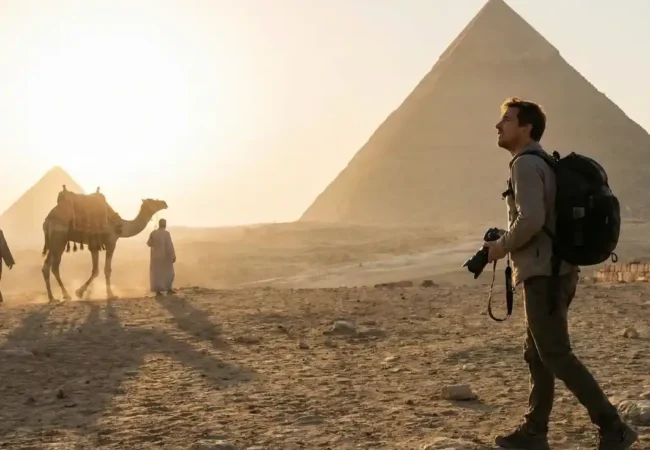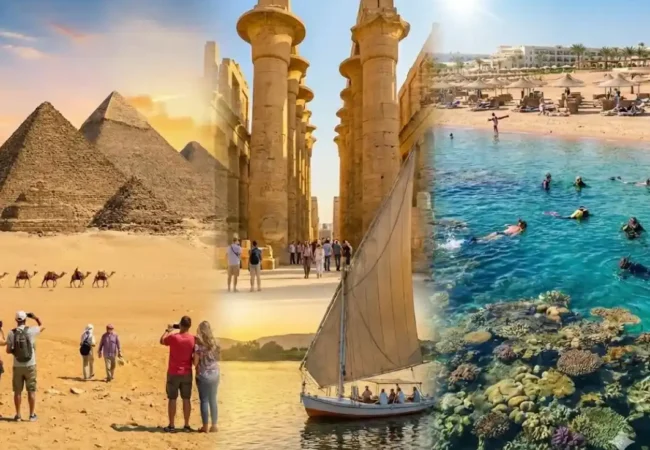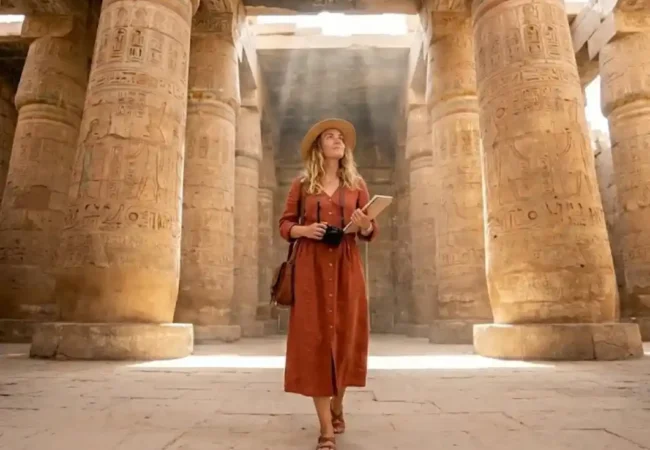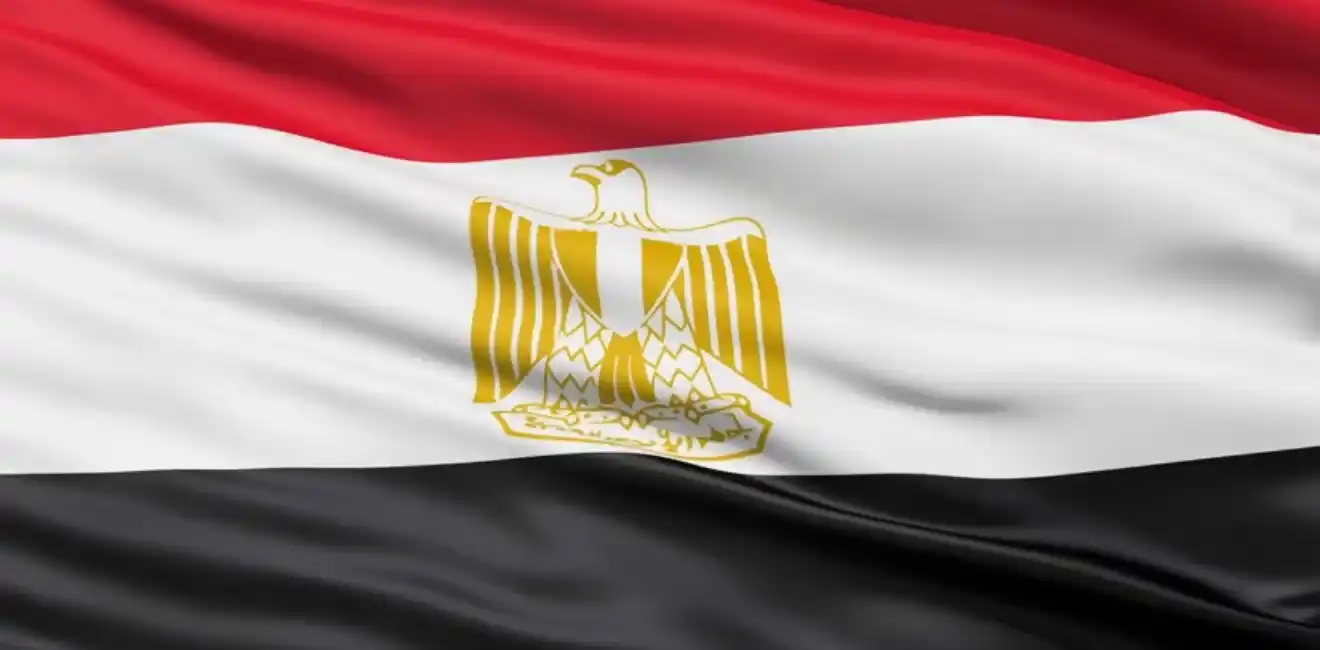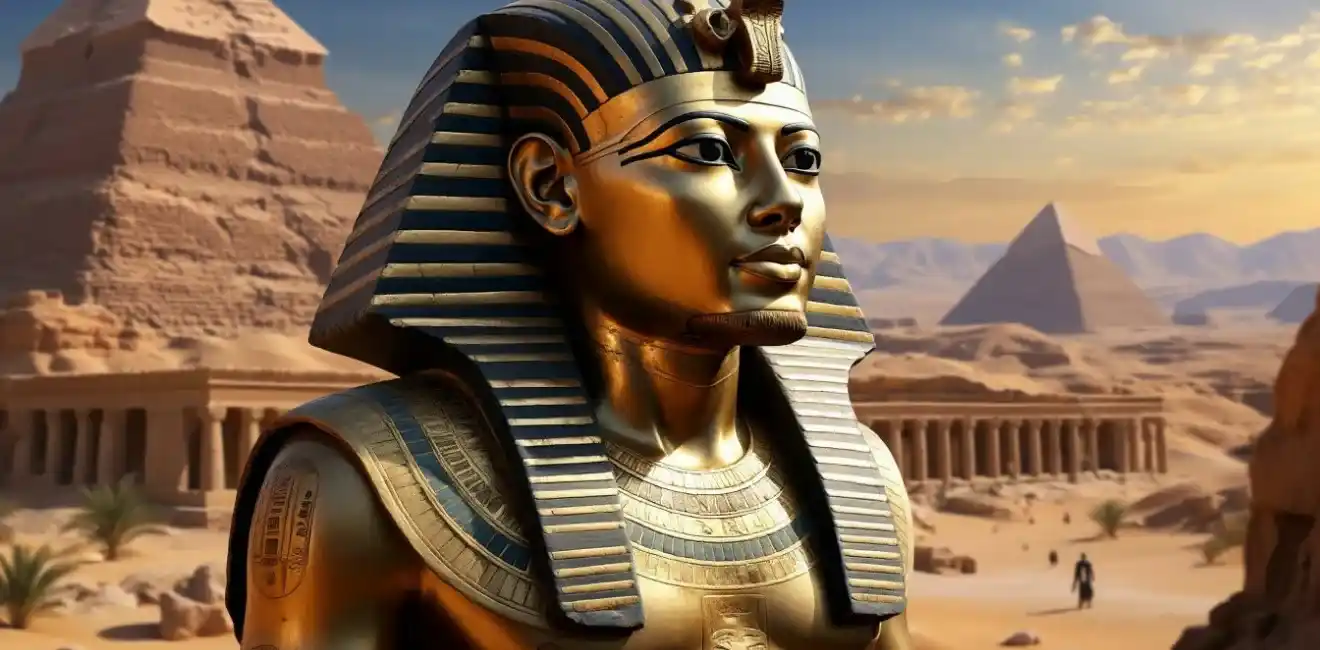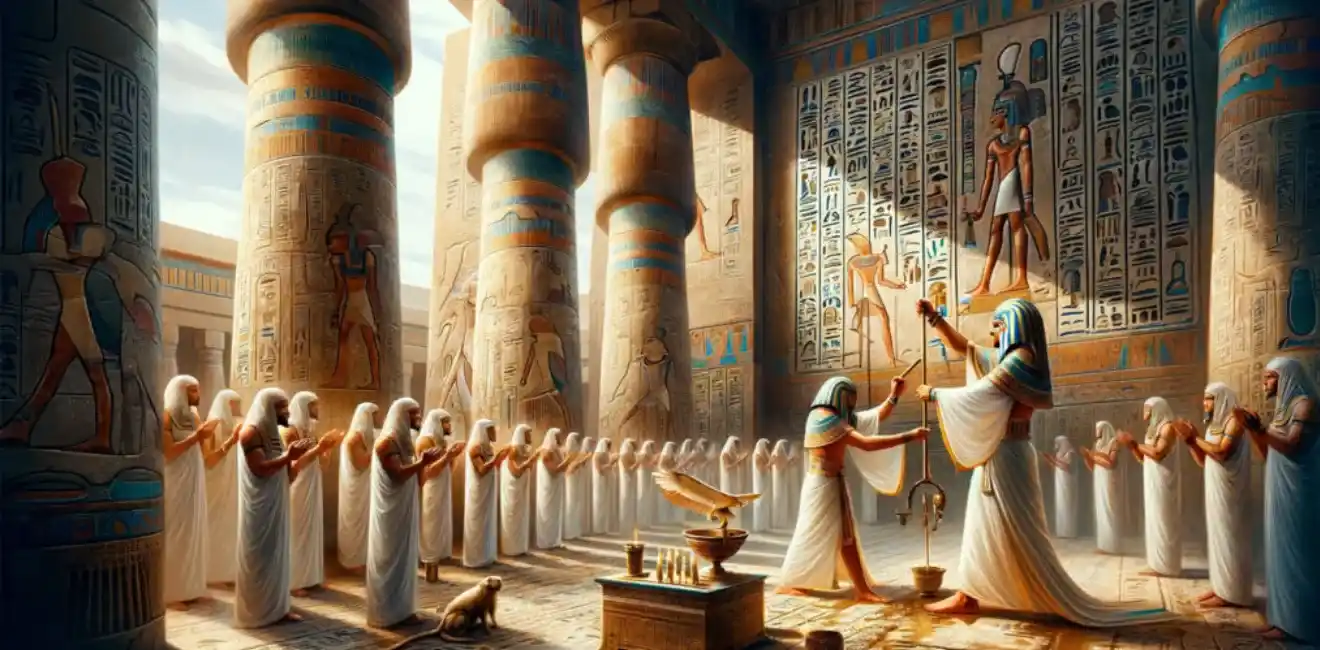
Ancient Egyptian Priests
Ancient Egyptian priests enjoyed a prestigious status, as the ancient Egyptians integrated daily life with religion. The priests represented a sacred link between the gods and humans. They were the guardians of the temples and the ones who interpreted the will of the gods.
They were also deeply knowledgeable in the sciences of astronomy, medicine, and magical rituals. The priest was not only a man of religion, but he was a symbol of the divine order and wisdom according to ancient Egyptian beliefs. The profession formed a class that enjoyed authority and respect, and their spiritual and political guidance in ancient Egypt. Therefore, the priests were the pillars of the ancient Egyptian civilization.
Ancient Egyptian priests are considered one of the most important classes of society according to ancient Egyptian beliefs. They undertook tasks and functions, as each temple had its own group of priests of different ranks, starting from the high priest who headed the temple, followed by a class of assistants and trainees who performed daily tasks. Their life was based on religious commitment and purity, as they would wash several times a day and wear clothes of white linen.
The Important Religious Duties of Ancient Egyptian Priests
The religious duties that were part of the work of the Ancient Egyptian priests, which aimed to achieve stability, were as follows:
- Reciting prayers and spells to achieve the stability of the cosmic order and to achieve protection, according to their beliefs.
- Spreading pleasant scents in the temples by burning incense to purify the place.
- Observing various astronomical phenomena to determine the specific timing for holding religious rituals or festivals.
- Preserving and guarding the temples while ensuring the stability of their internal system and their purity.
- Recording different occasions and rituals on the walls to be documented for future generations.
- Decorating and cleaning the statues of the gods every day using sacred perfumes, water, and oils.
- Offering sacrifices every morning to the statues of the gods, such as incense, flowers, and food.
- Interpreting symbols as well as dreams as one of the means that enhances guiding people and knowing the will of the gods.
The Diverse Daily Responsibilities of Ancient Egyptian priests
The Ancient Egyptian priests had many precise and diverse responsibilities, both inside and outside the temples, which included:
Responsibilities inside the temples
Responsibilities inside the temples include the following:
- Cleaning the statues of the gods daily and offering sacrifices.
- Reciting prayers to ensure the continuity of the cosmic order and divine protection.
- Opening the temples at sunrise in preparation for holding the sacred morning rituals.
Responsibilities outside the temples
- Supervising the temple land and collecting the crops on which the rituals depend.
- Providing political and religious advice to the nobles and the ruler when needed.
- Bringing blessings to the people by honoring the gods and holding processions and festivals, according to their beliefs.
The Organizational Structure of the Priestly Class in Ancient Egypt
The organizational structure of the priests was similar to the administrative system in states, as it was very organized. The organizational structure started from the high priest who supervised all celebrations and rituals, followed in the structure by many ranks of priests, including priests of special rituals and priests of daily service.
In addition, there were some priests specialized in astronomy, medicine, and writing. Each temple had a priestly staff that performed its work according to a specific schedule, which ensured uninterrupted worship.
The Strong Role of Women in the Ancient Egyptian Priesthood
Women had a special role in the ancient Egyptian priesthood. They had a prestigious position in the temples. Some of them reached high positions, including the position of the “God’s Wife of Amun,” which represents the highest religious title among the ancient Egyptians.
This was in the context of practicing rituals and supervising the affairs of the temple, in addition to their role in administrative supervision and education within the temple, which instilled the ancient Egyptian’s respect and appreciation for women and their role in religious and spiritual life.
The Great Power and Influence of Ancient Egyptian priestsian Society
Ancient Egyptian priests enjoyed great influence and power. They represented the second class directly after the pharaoh. Not only that, but the ancient Egyptians considered them the basis for preserving the cosmic order, Ma’at, as well as the main intermediary between the people and the gods.
They also enjoyed strong economic influence and had an effective participation in the political decisions of the state. Also, thanks to their full knowledge of the fields of medicine and astronomy, they were a symbol of wisdom and knowledge, which resulted in some priests competing with the royal authorities in the extent of their influence and power.
The Role of Priests in Education and the Preservation of Knowledge in Ancient Egypt
Ancient Egyptian priests played a fundamental role in preserving knowledge and educating individuals. The temples were not just places dedicated to worship, but they were educational centers where hieroglyphic writing was taught. The priests were responsible for training learners and scribes to record texts, whether religious or administrative.
This was in addition to their role in preserving medical information and various knowledge on papyri. They transmitted their deep knowledge in several fields over long centuries.
The Economic and Political Influence of Priests
The Ancient Egyptian priests had an economic and political influence, which we clarify as follows:
- Economic influence: The priests served on the vast temple lands, in addition to their role in collecting the donations that were allocated to the temples and taxes, which gave them strong economic influence.
- Political influence: This is due to their role in making some political decisions, specifically during periods of the pharaoh’s weakness, as they had a say in the affairs of the state.
The Hierarchical Order of the Priesthood Class in Ancient Egypt
The hierarchical order of the priesthood class in ancient Egypt branches out into the following:
Trainees
The ancient Egyptians would begin their training in the temples at an early age so that they would learn purity, obedience, and the performance of rituals as a daily part of their lives.
Assistant priests
They were the participants in the daily rituals under the supervision of the higher-ranking priests, where they would gain full knowledge of the various sacrifices, rituals, and religious celebrations and obtain knowledge of astronomy and medicine related to the service of the temple.
Higher-ranking priests
Religious rituals and celebrations were held under their supervision, in the framework of organizing service schedules, which gave them the right to make important religious decisions and the full management of all the temple’s resources.
Conclusion
The role of Ancient Egyptian priests was not limited to being men of religion, but they were the bearers of science and knowledge. They also combined economic power and political influence, in addition to their supervision of the preservation of various sciences, which contributed to the stability of society and the stability of the cosmic order according to their beliefs. They formed the essence of the ancient Egyptian civilization.
FAQs
What are ancient Egyptian priests called?
The ancient Egyptian priests were known by several names, most notably the high priest, the temple priest, the ritual priest, and the assistant priest.
Who was the famous priest in ancient Egypt?
The most famous priest in ancient Egypt was the priest Imhotep, who lived in the era of King Djoser. He was a doctor, an engineer, and also a consultant to the pharaoh.
What was life like for a priest in ancient Egypt?
The Ancient Egyptian priests lived a very organized life that combined discipline, science, and a connection to spirituality.
What did Egyptian priests eat?
It was customary for the Egyptian priests to eat the meat of animals and poultry, as well as the meat of fish and birds.
Is Imhotep a priest?
Imhotep was an Egyptian scholar with vast knowledge in all fields. He was a consultant to King Djoser and worked as a priest of the sun god Ra in Heliopolis.
Why did priests have so much power in Egypt?
The priests in ancient times had a great status according to the ancient Egyptian beliefs, which is what made them have influence and authority in the state.


